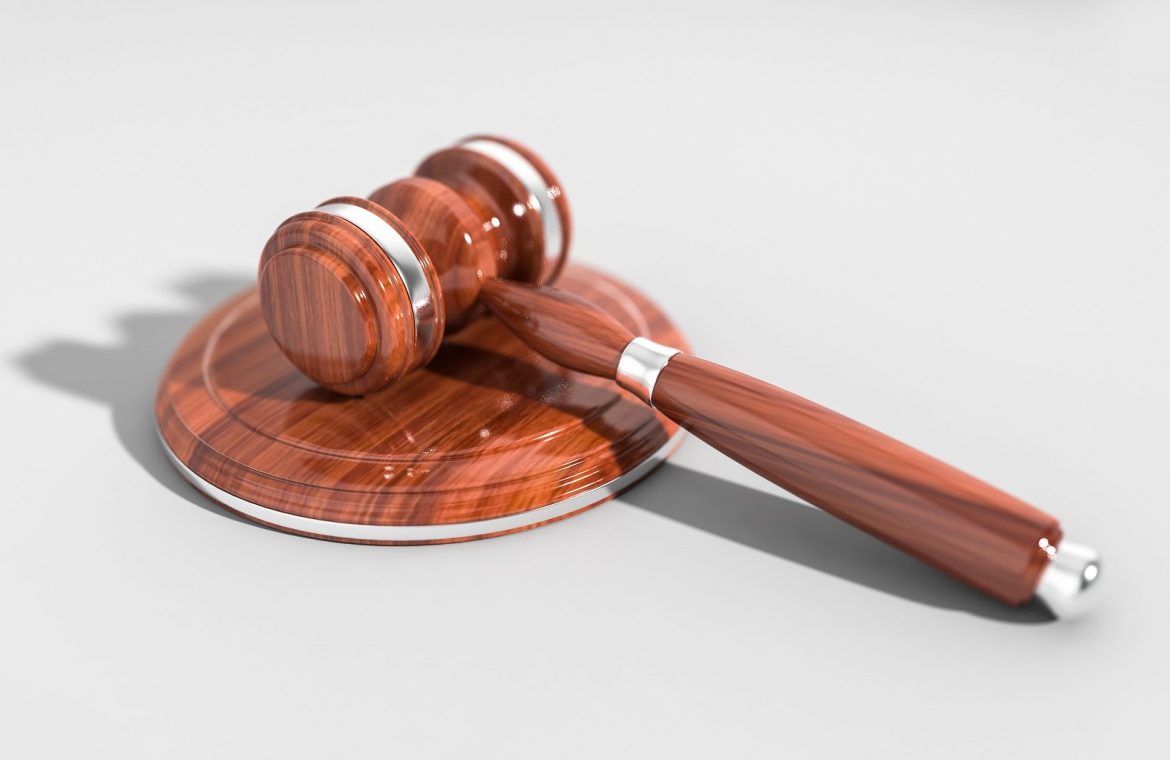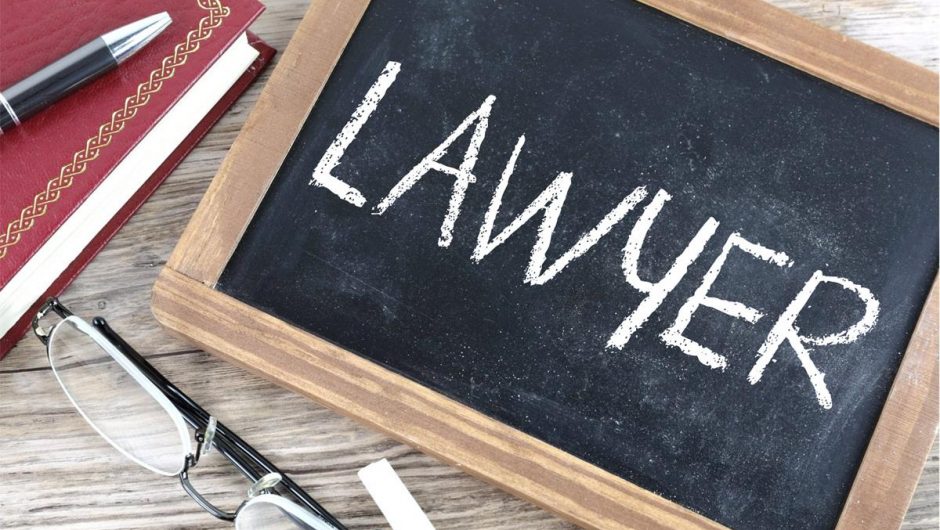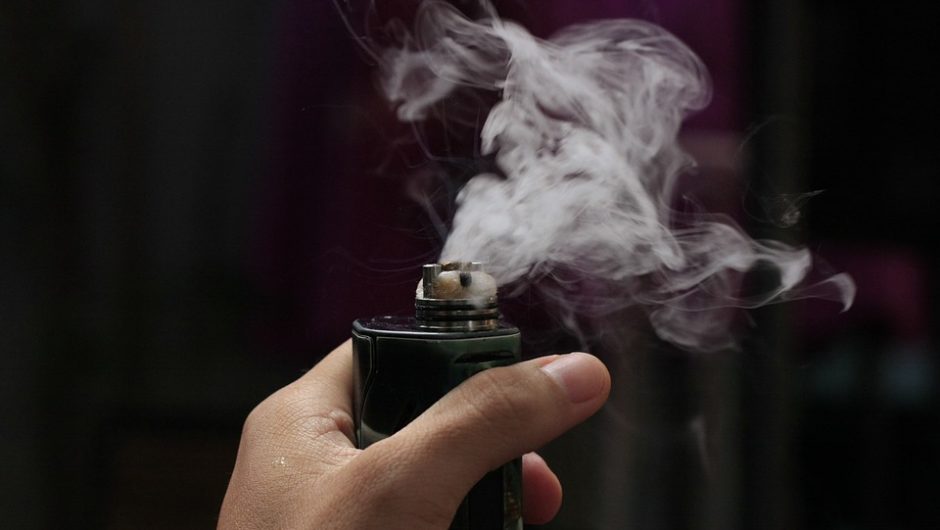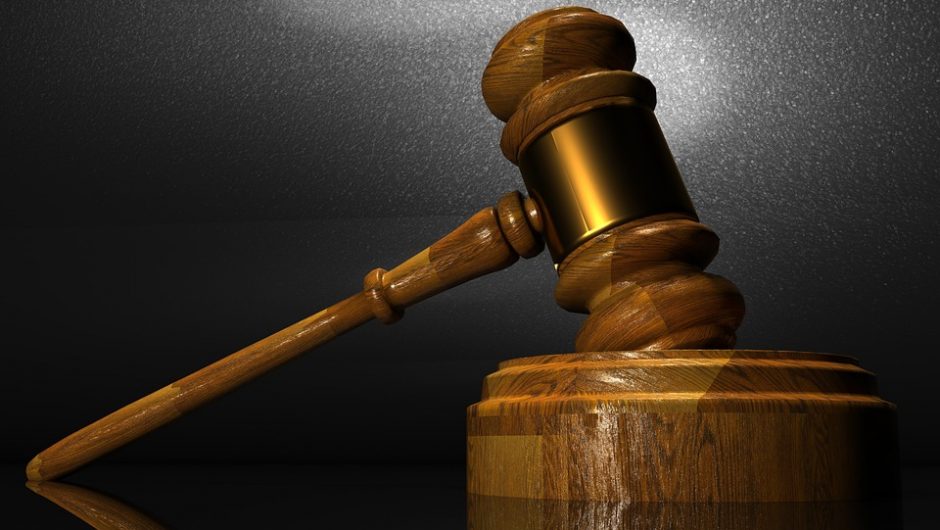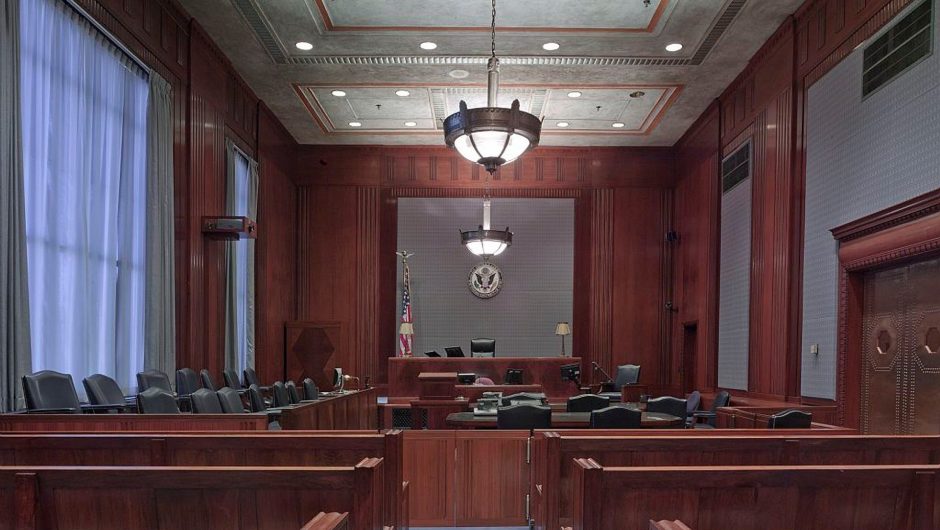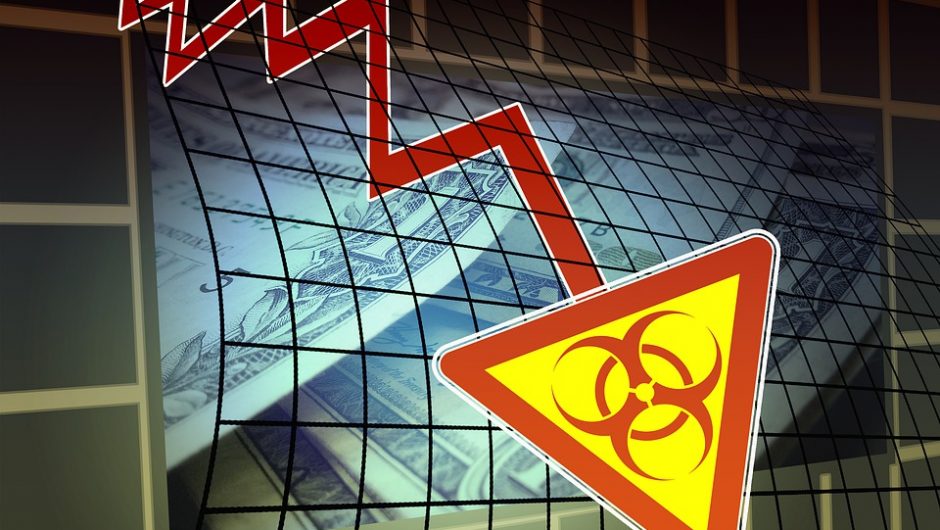Getting a preliminary injunction can be the turning point in a court case. It allows you to stop parties from moving forward with an alleged act until the matter is resolved by the court. Timing is essential, so filing the injunction should always be on the table.
1. Proof
Before you even consider filing a preliminary injunction, you need proof. The type of proof you need will depend on the current case. There have been several injunctions that never had a chance due to poor planning. The burden of proof is on your end, and there should be no blanks to fill in for the judge.
In a lawsuit brought forth by Ever Victory Tech Limited, they filed a preliminary injunction against defendant SAS Group. That injunction was eventually denied on the grounds that it didn’t satisfy two key points – reasonable likelihood that the lawsuit would succeed on the merits and that the plaintiff would be irreparably harmed without the preliminary injunction.
Proof is important, but there is also a bit of experience required. A good lawyer will know what the judge is most likely to consider good proof vs. bad proof.
2. Paperwork
Bad paperwork has been the downfall of several lawsuits. Filing a preliminary injunction can get dismissed fast when the paperwork is late, has spelling errors, or contains factual errors. The burden of proof is up to you, so factual errors are an instant disqualification. Any research done should have a neat paper trail to source the information. If more paperwork is required after the initial injunction, then stick to the listed timeline. Passing the first check only to fail the next is a debilitating blow for any lawsuit. Respect the courts time, and above all, respect their ability to do their own research.
3. Irreparable Harm
The goal posts always seem to move when discussing irreparable harm and preliminary injunctions. Irreparable harm means that adequate compensation is not possible after a judgement is granted. This can be defined in multiple ways depending on the case and jurisdiction. There is even a chance that irreparable harm can be affected by the estimated date of the court case. So, in an instance where there are several expected delays in a judgement, the idea of a preliminary injunction would look more palatable. But with irreparable harm being the main selling point of an injunction, the definition will always be at the mercy of the presiding judge. Once again, lawyer experience will make a difference in this case.
4. Timing
A TRO can be issued before a preliminary injunction to expedite the entire process. Just like a preliminary injunction, a TRO requires timely burden of proof. A limited time period of up to 14 days is allowed before the TRO expires, or the paperwork for the preliminary injunction takes its place. In federal court, a TRO can be extended up to one time past the original period. This is a valuable tool when used with a preliminary injunction.
Wrap Up
By understanding the purpose of a preliminary injunction, you can better wield it to your advantage. Solidifying your position before a court case is vital to helping your argument. Think of the injunction as a sneak peek into how the court case may flow.

